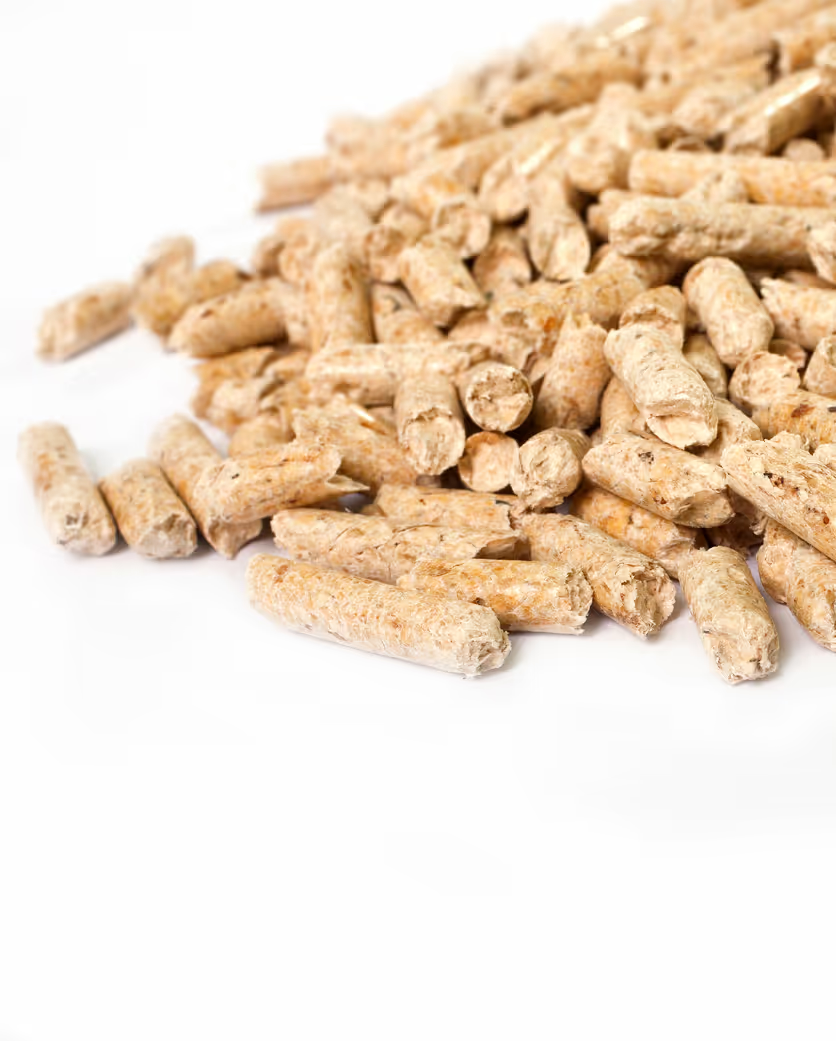Slaughter by-products
.png)
What defines
us
.svg)
.svg)
.svg)

FAQ
A concept study forms the basis for any sustainable investment decision. It includes the technical and economic feasibility analysis, defines process flows, takes into account hygiene requirements (e.g. according to EHEDG) and enables a well-founded comparison of variants. Critical points are identified at an early stage, for example with regard to energy efficiency, raw material yield or regulatory requirements. This minimises cost risks and significantly increases investment security.
We offer both: either an integrated solution - from the initial project idea through basic and detail engineering to commissioning and, if required, operational optimisation. Or modular services if customers only require targeted support, for example with planning support or with the selection and procurement of individual machines. Our strength lies in our ability to respond flexibly to individual project requirements - even under challenging conditions.
The requirements for hygiene and quality in the processing of slaughter by-products are constantly increasing - driven by stricter regulations, customer expectations and the trend towards total utilisation. Although these processes are not always subject to the same standards as food production, convergence is increasingly being demanded and is also technically sensible in many areas.
This is absolutely essential wherever authorities - such as the veterinary office - have clear hygiene requirements. For example, when receiving raw materials, where temperature control (cold chain), structural separation of clean and unclean areas and the recording and monitoring of hygiene points are required. The building design must also enable cleanability, material compatibility and well thought-out ventilation (zone management, pressurised cascades).
For process systems, the use of acid-resistant materials, dead space-free design and, if necessary, CIP cleaning is recommended, especially for more sensitive end products. In critical sub-areas, a design in accordance with EHEDG standards is definitely advisable - not least for quality assurance and traceability.
At the same time, it should be noted that not every area has to fulfil the standard of a white zone - a differentiated approach is essential. A balance must be struck between sensible hygienisation and excessive interpretation. Or to put it another way: the potato also grows in the dirt - and yet it ends up on the plate.
%20(1).png)
Do you have
any further questions?
Do you have any questions about our products or would you like a personal consultation? Contact us — we'll be happy to help.
Customer reviews



Further
offers
We are looking forward to your message
Do you have any questions about our products or would you like a personal consultation? Contact us — we'll be happy to help.
.avif)


.svg)




.avif)

.svg)
.svg)
.svg)

